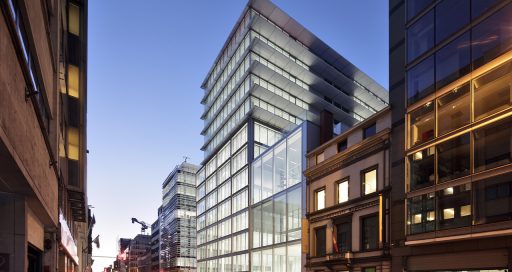By collating building (BIM), geographic (GIS) and other data, City Information Modelling (CIM) looks at how smart buildings connect into the wider area and helps smart city developers make decisions.
![]()
A prerequisite for the smart city, the concept of CIM involves modelling city or local information. It aggregates a large amount of data relating for example to traffic flow, the state of energy supply networks and the weather.
CIM managers ensure data quality and harmonised processes.
Add to that data derived both from Geographic Information Systems (GIS), which position objects and information points on a georeferenced map, and from Building Information Modelling (BIM) systems, which act as the digital twin of a building incorporating all of its physical, technical and functional characteristics.
By combining this data, CIM links infrastructure to its urban context. This then helps inform decision-making for developers, local councillors and network operators. And it answers the question of what the ideal location would be for a particular building, based on its purpose – commercial or service sector – and its future urban environment (proximity to schools, public transport, etc.).
CIM can also be used to perform simulations. In the event of fire or a terrorist attack, do escape routes offer fast access for the emergency services?
What’s more, CIM can be put to work for energy performance. “Think about how a district heating network is managed at night,” says Mathieu Rigaud, BIM FM project manager at VINCI Facilities. “By distinguishing between unoccupied service-sector buildings and social or community buildings, you can optimise or reduce the service level according to the population served.”
Harmonising data formats
The benefits of CIM are being tested under real-world conditions by VINCI Construction, the lead firm of the Dijon Métropole campus project which in September 2021 will house two engineering schools, the Ecole spéciale des travaux publics, du bâtiment et de l’industrie and the Ecole supérieure d’électronique de l’Ouest. Once it is in the operation phase, the campus will interact with OnDijon, Dijon’s smart city programme, feeding it information about energy performance and occupancy rates.
VINCI Energies, for its part, has all the components needed to meet the CIM challenge, thanks to its Citeos (urban equipment) and Axians (ICT solutions) brands.
According to Rigaud, there are a number of preconditions for CIM. “The various stakeholders need to speak the same language and have a shared ontology. 90% of the data must be standardised or at least be based on a translation table.” Smart building players have therefore agreed on a file format (BCF, which stands for BIM Collaboration Format) for exchanging data.
And just as there are BIM managers, there will also be a need for CIM managers to properly coordinate the various project stakeholders and ensure data quality and harmonised processes.
11/02/2021





